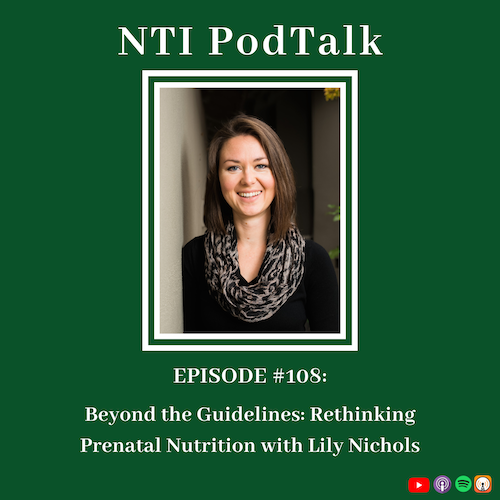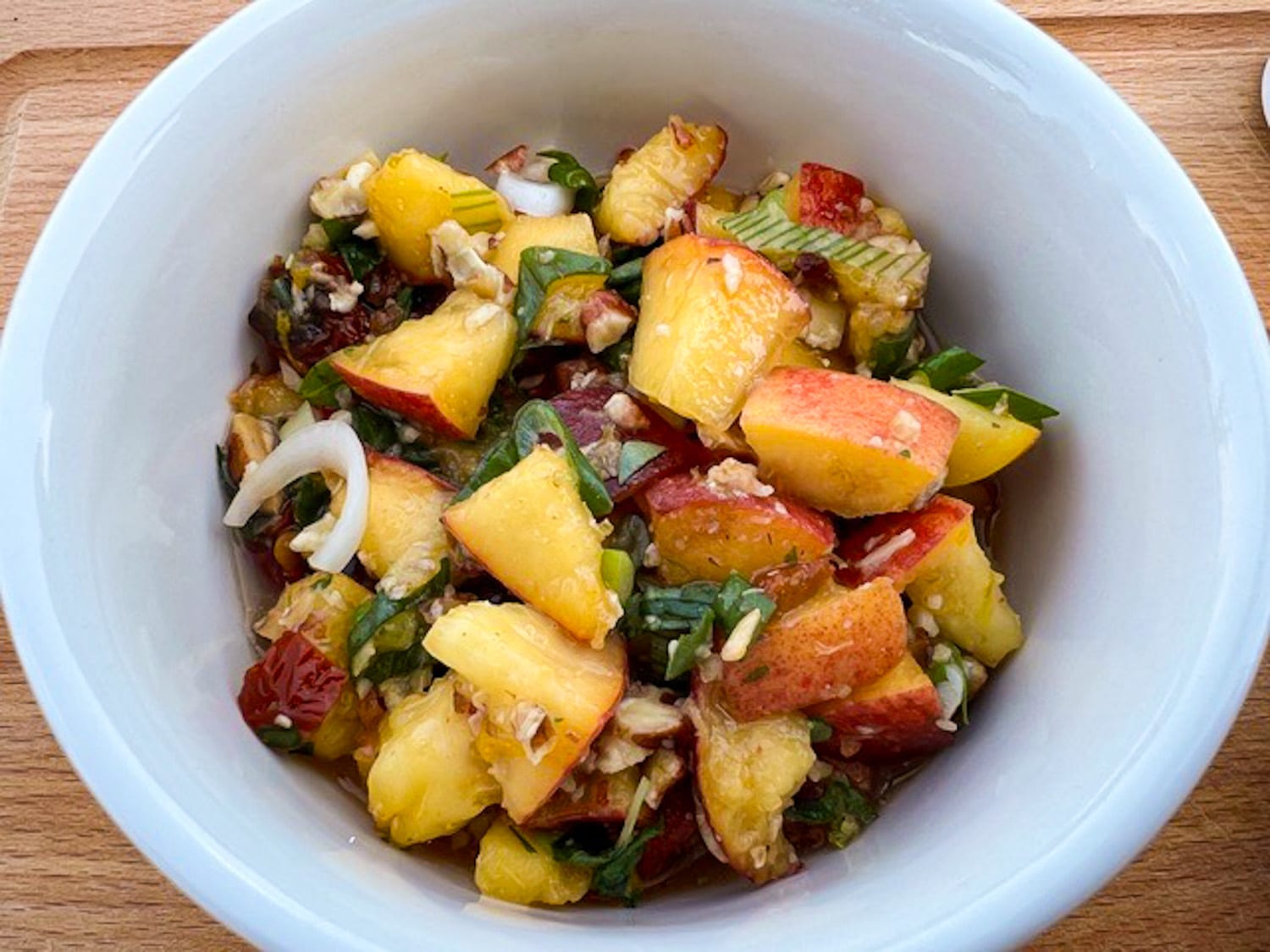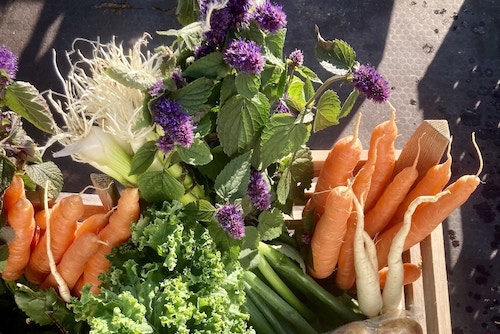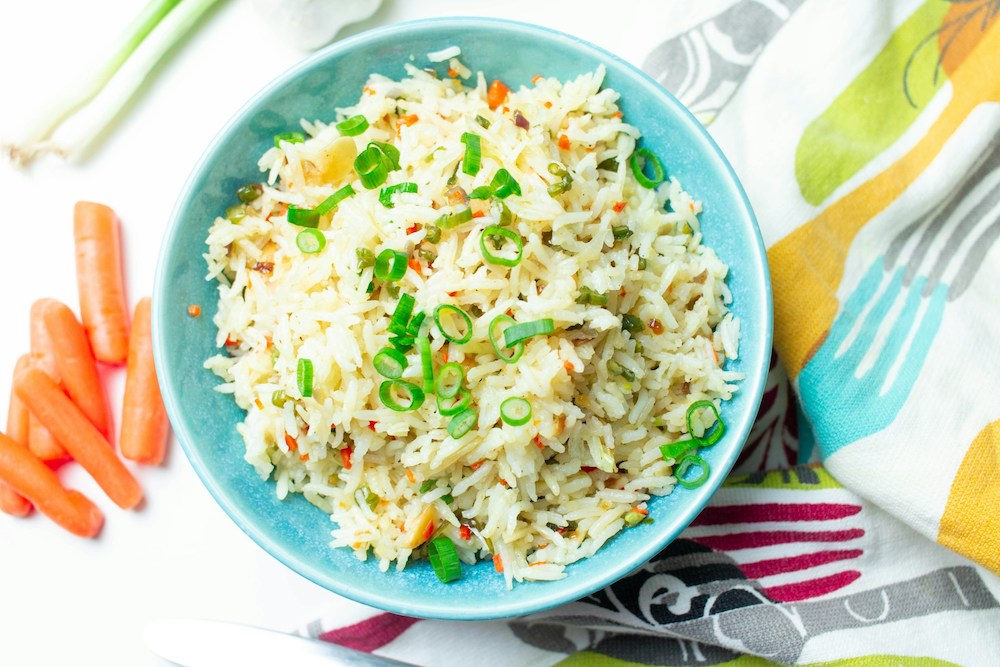
Share this post!
When you think of nutritious food, rice may not be the first word that pops into your mind. This is especially true in recent years with the backlash against grains. But there can be some great health benefits of rice if you learn the best options, preparations and how to make this ancient grain more bioavailable and nutrient-dense.
A History of Rice
Humans have been eating rice for thousands of years. In fact, there is some dispute over how long since some forms of rice have been eaten long before it was used agriculturally.
The domestication of rice most likely started between 8,000 and 9,000 years ago. But rice has been found in archeological sites that indicate its use at least as far back as 8000 BC. And we know that the first writing mentioning rice was from 2800 BC in China.
Rice has long been used in religious and secular ceremonies and celebrations in China, Japan and India. More recently in both Eastern and Western cultures, rice is used in weddings, such as throwing rice at those getting married.
Rice is a grass grain that requires a lot of water to grow. Once harvested, the outer hull needs to be removed in order to end up with brown rice. Another layer of bran is removed to produce white rice.
Rice, both brown and white, can be found in short, medium and long grain forms.
These days, rice is used to create dairy-free milk or to make gluten-free products such as pasta, mochi, pizza dough, pancakes and much more. It is estimated that rice is used as a food staple for around 3.5 billion people worldwide. It is eaten in largest quantities in Asia, Latin America and parts of Africa.
Brown Rice Versus White Rice
Brown rice is a whole grain and still has the outer bran intact, making it naturally higher in fiber. One cup of cooked brown rice contains 3.5g of fiber, compared to just 0.6g in white rice.
That fiber also has an impact on the glycemic index of the rice. Brown rice has a lower glycemic index, meaning it has a smaller impact on blood sugar levels.
Foods rich in fiber can also aid digestion, reduce cholesterol and promote healthy weight—some of the key health benefits of rice, especially when choosing whole grain varieties like brown rice.
Brown rice is slightly higher in calories but also richer in protein: 1.83g per 1/3 cup compared to 1.42g in white rice. While rice does contain protein, it is not a complete protein since it does not contain all essential amino acids. But mixing rice and beans together creates a delicious combination that also creates complete proteins.
The processing of white rice also means it loses some of its naturally occurring B vitamins as well. Brown rice is higher in niacin, B6 and thiamin than its cousin.
This is also true of magnesium, iron, potassium, zinc and phosphorus.
There are many enriched white rices on the market, meaning they have had nutrients added back in after processing. But enriching and fortifying are never as beneficial as the naturally occurring nutrients because of the quality and source of the nutrients. Additionally, they may not appear in the same natural ratio.
With all of these differences, why is white rice so widely eaten? While it may be a taste preference, white rice is cheaper than brown rice and it cooks much faster.
Wild Rice
If you’re a fan of wild rice, you may be surprised to learn that it is not in fact rice at all.
Unlike rice that was native to Asia, what we call wild rice is native to the area around Minnesota and Canada. It is the seeds of a grass and has been eaten for thousands of years, beginning with Native Americans, and is higher in protein, iron and potassium than brown rice. It cooks similarly but is firmer and denser. Although dark in color, wild rice is different from black rice.
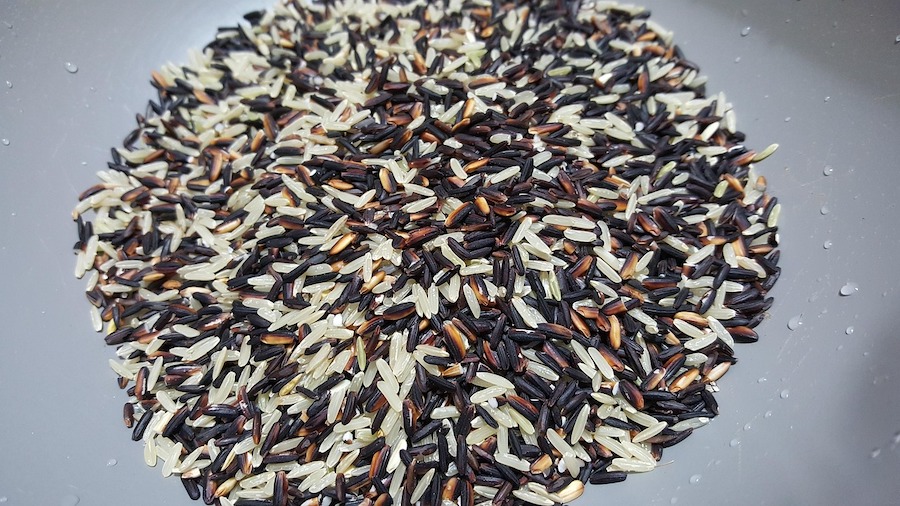
The Downsides of Rice and What to Do About It
There are some reasons to be nervous about rice’s place in your diet. Whether naturally occurring or from environmental changes, your rice may contain more than you bargained for if you aren’t careful.
Testing has found that large percentages of rice sold in stores contain both arsenic and cadmium. And unfortunately, brown rice actually has higher levels than white rice.
While organically grown rice does not appear to contain any lower levels of heavy metals, certain regions where rice is grown tend to have less, including California and Southeast Asia.
The good news is that there are steps you can take to reduce the amount of arsenic in rice. A small amount is removed by soaking rice in water before cooking. But even more is eliminated by cooking rice in excess water (similar to how you probably cook pasta).
But heavy metals aren’t the only concern. Rice can be naturally high in phytic acid, which can block the absorption of iron, zinc and calcium.
Once again, how you prepare it makes a difference though. Studies have found that soaking, sprouting, fermenting and boiling all help reduce the amount of phytic acid in rice, as well as other phytate-containing grains.
In fact, boiling and draining alone can reduce the arsenic content by 40-60%.
Resistant Starch: The Hot New Thing in Nutrition
If you follow the latest on gut health, you’ll know that these days (and really always but the news doesn’t always make it seem that way), it’s not just about probiotics, but also about prebiotics.
That’s because prebiotics are fuel for probiotics in the microbiome. Which is why foods with added prebiotics seem to be all the rage. But there are already plenty of foods that naturally contain prebiotics.
Resistant starch, a type of fiber, is a prebiotic that also produces butyrate, a short-chain fatty acid that aids in the health of the intestinal tract.
And while some resistant starch is found in rice, there is a nifty step you can take with your rice to increase the amount of resistant starch found in it.
By heating rice and then allowing it to fully cool, the amount of resistant starch can more than double. And reheating it can also produce more as well. This results in a food with a lower glycemic index, making less of an impact on blood sugar levels.
To Organic or Not to Organic
It was already noted that rice grown organically does not appear to result in a lower amount of arsenic. But that does not mean that organic rice may not be worth the extra cost.
Organic rice will still be lower in residual pesticides and is required not to be genetically modified. Genetic modification is increasing in rice production in order to fend off pests and fungus, improve yield and grain size and even raise nutrient levels.
One such example is golden rice, which was first approved for use in 2018. Since then, it was rejected in 2024 by the Philippines after farmers and scientists complained about possible impacts to health and the environment.
Processed Rice Foods
With an increasing number of people looking into a gluten-free diet, processed foods using potato, tapioca, corn and rice as an alternative to wheat seem to be on the rise.
And although these foods don’t naturally contain gluten (but keep in mind possible cross-contamination if you have an allergy or Celiac’s Disease), they can still be just as processed.
The processing steps sheds the foods of many nutrients and fiber, causing them to affect blood sugar and could lead to weight gain. This may be something to keep in mind if you are avoiding gluten as a means of blood sugar balancing.
Similarly, rice syrup is often used as a natural sweetener but is still very high in sugar.

Rice’s Place in a Diet with Variety
You don’t have to completely avoid rice if you are looking to eat a healthy and balanced diet. It can be part of some very nutritious meals, especially if you take special care in the type and preparation of the rice.
Brown rice in particular contains a wide range of nutrients, contributing to the overall health benefits of rice when it’s prepared mindfully and eaten as part of a balanced diet. Buying organic, soaking and draining your rice, allowing it to cool and using it in combination with other nutrient-rich foods can make rice a delicious inclusion to your diet.
And if you’ve never tried wild rice, check out this recipe that uses this fun alternative to your usual rice.
Squash Stuffed with Pears and Wild Rice
If you’re passionate about food and also health, the Nutrition Therapy Institute has ongoing online classes, as well as group start dates throughout the year.
Become a Nutrition Therapist Master at your own pace and at the time that best suits you!
About the author: Maya Strausberg earned her Master Nutrition Therapist certification from NTI before starting her nutrition therapy private practice. She now offers writing and editing services for nutritionists and other health practitioners around the world through her business, Family Tree Nutrition.
Photos:
- Photo by Kalyani Akella on Unsplash
- Image by pasrasaa from Pixabay
- Image by Anil sharma from Pixabay
Share this post!

